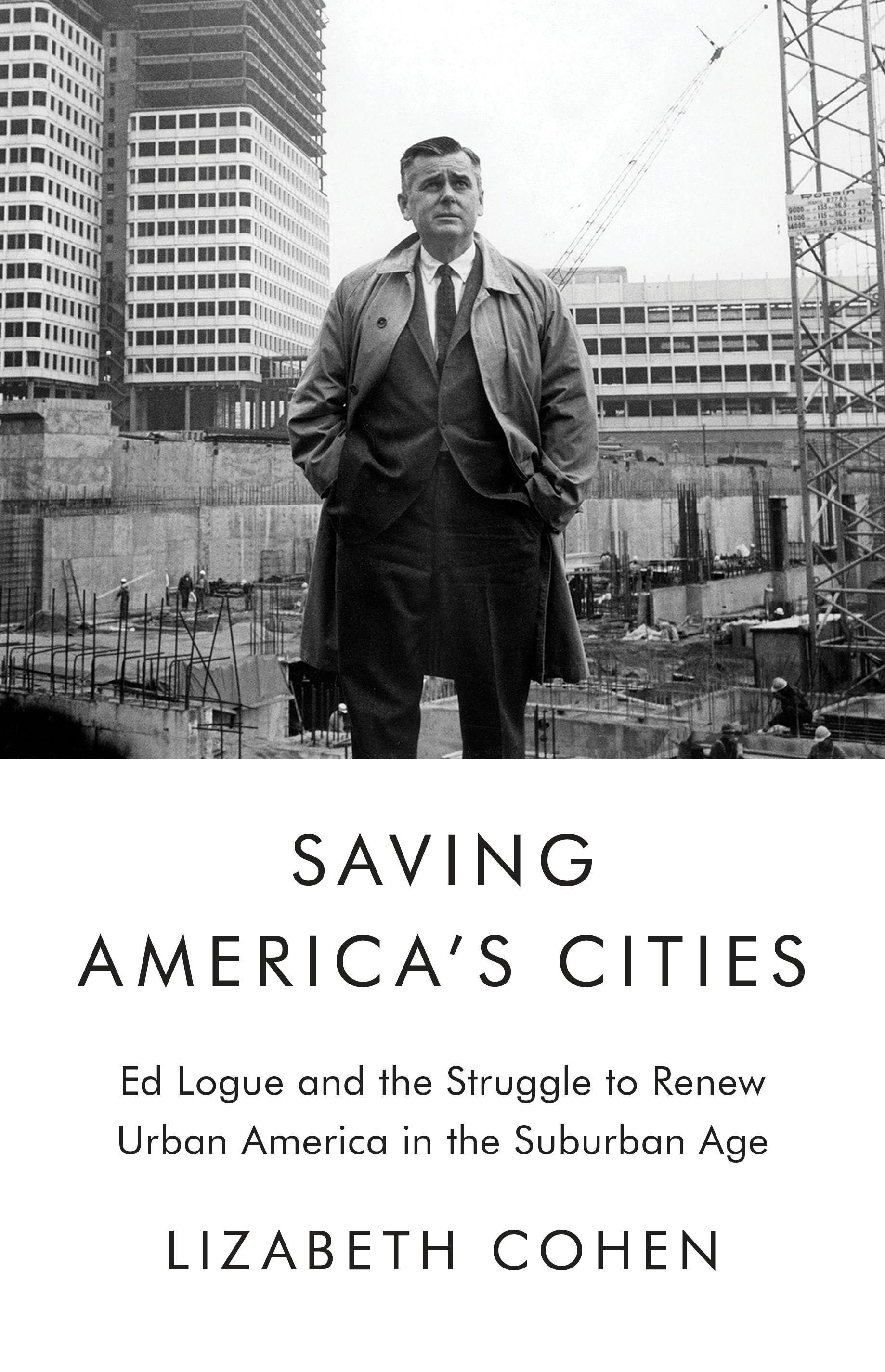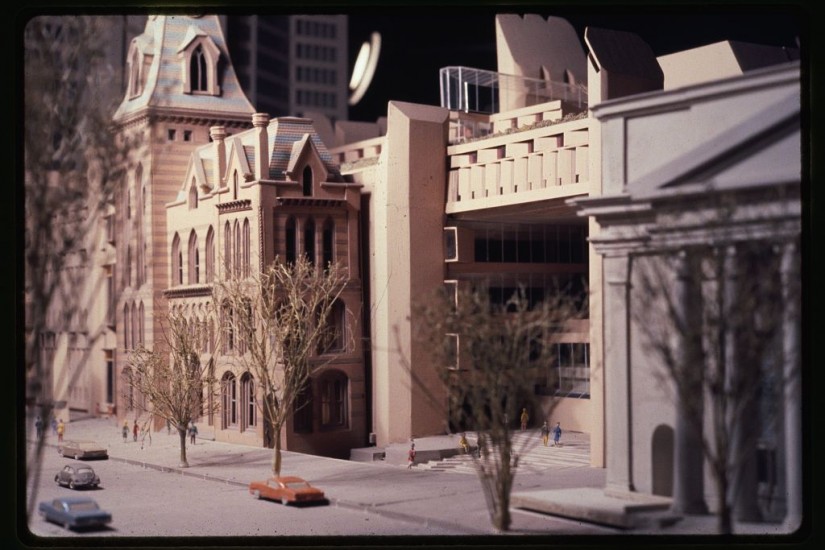The meeting began according to plan. Mayor Lee spoke first, submitting a written statement and then elaborating orally. He took pride in community schools like Conté, Community Progress Inc.’s pioneering Operation Head Start, the relocation of industry to Long Wharf, and the ongoing renewal of neighborhoods and downtown. But he also seized the opportunity to complain about imperfections in the federal laws and regulations that stymied his team. Three obstacles particularly frustrated them and, in turn, preoccupied the commission during this hearing: the inadequacy of federal funding available for renewal on the scale of New Haven’s when there were so few local alternatives, the lack of sufficient provision for replacement housing for residents who were dislocated from redeveloped areas, and the difficulty of addressing the city’s problems without having jurisdiction over the full metropolitan area.
Lee lost little time proclaiming, “We do not have . . . the kind of financial resources which we feel are necessary really to meet the programs on a broad enough basis.” The lack of money for low-income housing and human resource programs was particularly galling when the need was so great and subsidies for agriculture and space exploration seemed to flow so generously.
Lee and his colleagues depended so much on the Feds because they had few alternative sources of funding closer to home. Whereas the private sector had famously claimed to have orchestrated Pittsburgh’s Renaissance through the corporate-dominated Allegheny Conference on Community Development, with minimal public expenditure, New Haven was smaller and enjoyed much less support from local business and industry. Lee and Logue had organized a field trip of two planeloads of New Haven’s leaders to Pittsburgh in 1957 to show them how it had been done there, but New Haven (like most other American cities) could hardly rival Pittsburgh’s extraordinary status as headquarters for Mellon Bank, U.S. Steel, Alcoa, Jones and Laughlin Steel, Pittsburgh Plate Glass, Westing house, and other major companies.
In New Haven, as in many cities without deep-pocketed corporations or at least ones willing to empty them locally, the reality was quite different—and quite the opposite from what urban renewal’s critics on the Left often charged: that the program was promoted by a “pro-growth coalition” uniting civic and corporate leaders in pursuit of their common interests in the urban economy, often at the expense of ordinary citizens. That might have worked in wealthier places, but in New Haven and other struggling cities of the 1950s and 1960s, the challenge was simply to get businesses to care enough about revitalizing the city and not run for the exit.

